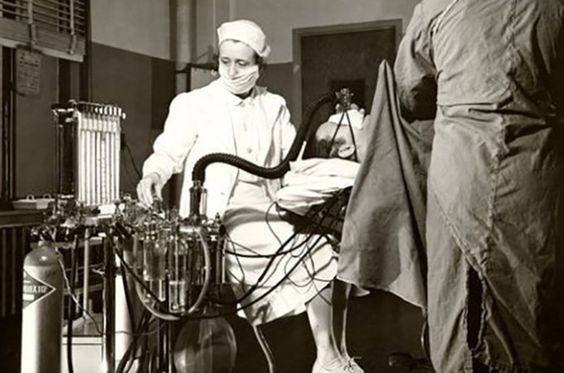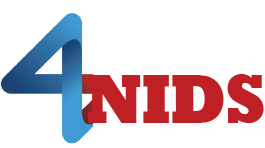4Nids.com – Anesthesia became widely popular in the mid 1800s. Its word “anaesthesia” means “without sensation,” and has come to encompass many aspects of surgery. The use of anesthetics dates back to the ancients, who attempted to achieve anesthetic states. The evolution of anesthesia has led to major changes in specialty organizations. Since then, anesthetic techniques have improved, and it has become an essential part of surgery.
The early history of anesthesia

While anesthetics were first used in the thirteenth century, modern anaesthesia is rooted in a relatively recent history. In the thirteenth century, Scottish physician Robert Liston used a spongy substance to induce anaesthesia during a leg amputation. Later, in 1853, Queen Victoria gave formal sanction to the use of anesthetics by accepting chloroform from physician John Snow, who was experimenting with it.
The APSF, ASA, and AANA have collaborated to improve patient safety and outcomes. This collaborative effort has led to many improvements in patient safety, including a 10 to 20-fold reduction in mortality and catastrophic morbidity in healthy patients. In fact, despite a relatively recent increase in patient safety, anesthetic malpractice liability payouts have declined significantly, from a disproportionately high share to less than one percent.
The future of anesthesia may lie in perioperative treatment and pain management

Despite widespread disagreement, the field has already begun its evolution. In 2010, two eminent anesthesiologists said outside the operating room that the future of anesthesia might lie in perioperative medicine and pain management. Professors T. Cecil Gray and Shapiro both argued that the future of the specialty lies in the relationship between anesthesia and critical care. In addition, these eminent anesthesiologists were inspired by the economic argument of “value added” – that is, more work equals more money.
Anesthesiology evolved from a craft to a profession. Physician anesthetists began to gain prominence in the 19th century, and their roles were elevated to the status of chiefs of hospitals and professors of medical schools. In addition to these new roles, three individuals contributed to the development of anesthesia. These individuals are referred to as the “fathers of modern anesthesia” in medical history. There are many other important historical figures in the field of anesthesia.
In fact, many patients with surgical abnormalities choose death over suffering

The development of anesthesia has been accompanied by major advances in medicine. For example, without the use of anesthetics, surgery remained a last resort. The associated pain discouraged many patients from undergoing surgery. In fact, many patients with surgical disorders chose death over suffering. Fortunately, certain scientific breakthroughs were vital in the development of modern anesthesia techniques. So, a brief history of the evolution of anesthesia in medicine is necessary to appreciate its importance.
Dr. Pierce was the first to initiate the concept of anesthesia monitoring standards. He was aware of the Anesthesia Safety Consortium (APSF) and the Harvard Risk Management Committee. Both of these organizations were interested in supporting anesthesia monitoring standards. Hence, Dr. Pierce established the ASA’s Committee on Standards of Care. This new organization would focus on advocacy and education. A committee devoted to anesthesia monitoring standards would be set up under his presidency.
Anesthesia has allowed surgeons to perform operations more precisely

Despite the risks and side effects, anaesthesia has played an integral role in medicine since its invention. While the exact effect of anaesthesia is unknown, it is known that it offers many advantages for surgeons. Anesthesia has allowed surgeons to perform more precise surgeries and to operate on areas of the body that had been forbidden. Combined with antisepsis, anesthesia has helped shape the evolution of surgical practice. If you’re considering undergoing surgery, a professional should know the basics.
In 1984, Dr. Pierce gave a landmark presentation on anesthesia safety that helped transform public concern into proactive measures. As president of the ASA, Dr. Pierce convinced other ASA leaders to form a committee dedicated to patient safety and risk management. The ASA’s committee was a successful result of his vision. The goal of the committee is to eliminate the occurrence of anesthesia-related incidents and prevent malpractice costs. With the help of this committee, the profession has moved toward the goal of a safe and high-quality practice for all.





